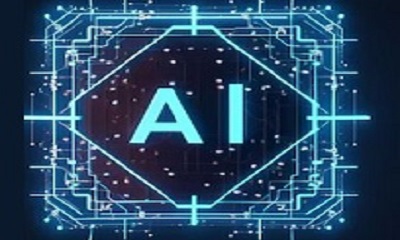Generative AI refers to models and systems that create new content from scratch based on patterns learned from existing data. Here are some prominent examples across different content types:
1. Text Generation
- GPT-3, GPT-4 (by OpenAI): These models generate human-like text and can be used for a variety of tasks such as writing essays, answering questions, drafting emails, or creating creative content like stories and poems.
- ChatGPT (by OpenAI): A conversational AI based on the GPT series, designed for dynamic, interactive conversations and query resolution.
- Jasper: A tool that helps marketers and content creators generate copy, blog posts, and other written content.
2. Image Generation
- DALL·E (by OpenAI): Generates high-quality images based on textual descriptions. You can input text like “a cat playing the piano” and DALL·E will generate an image based on that.
- MidJourney: A generative AI for creating artwork and visual imagery from text prompts, known for its artistic and unique styles.
- Stable Diffusion: An open-source model that can generate highly detailed and customized images from text descriptions.
- DeepArt: Transforms photos into artwork in the style of famous artists (like Van Gogh or Picasso).
3. Music Generation
- OpenAI’s MuseNet: Generates music in a variety of genres and can even blend multiple styles. It can compose original pieces of music based on different instruments and tempos.
- Google’s Magenta: A project focused on generating music and art, including AI tools like “AI Duet,” which lets users play music with AI in real-time.
- Amper Music: An AI-driven music composition tool, where users can generate background music for videos, games, or other content.
4. Video Generation
- Runway ML: Provides generative AI tools for creating videos, editing them with AI-assisted features like scene generation, deepfake creation, or style transfer in videos.
- Synthesia: Generates realistic videos of AI avatars speaking text-based scripts in various languages. It’s commonly used for corporate training videos or personalized video messages.
5. 3D Model Generation
- NVIDIA GauGAN: A tool that turns rough sketches into photorealistic images, often used for creating detailed 3D environments for games or simulations.
- DreamFusion: A method to generate 3D models from text descriptions, offering a new way to create 3D content from simple input.
6. Text-to-Speech (TTS) & Voice Synthesis
- Descript Overdub: A tool for generating human-like voiceovers and audio content by training on your voice or other voices.
- Google WaveNet: A neural network for generating natural-sounding human speech, used in various voice assistants like Google Assistant.
- Murf AI: AI voice generation for creating lifelike voiceovers for presentations, podcasts, or content creation.
7. Code Generation
- GitHub Copilot (powered by OpenAI’s Codex): A code completion tool that helps developers by suggesting code snippets and entire functions, effectively writing code from descriptions in natural language.
- Tabnine: An AI-powered code assistant that helps developers by predicting code completions across many programming languages.
These examples show how generative AI is transforming many creative fields, enabling users to create everything from images to music and even code with minimal effort.

